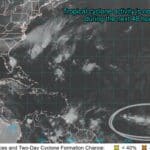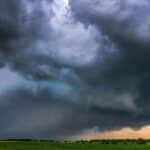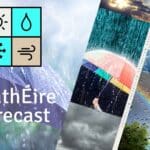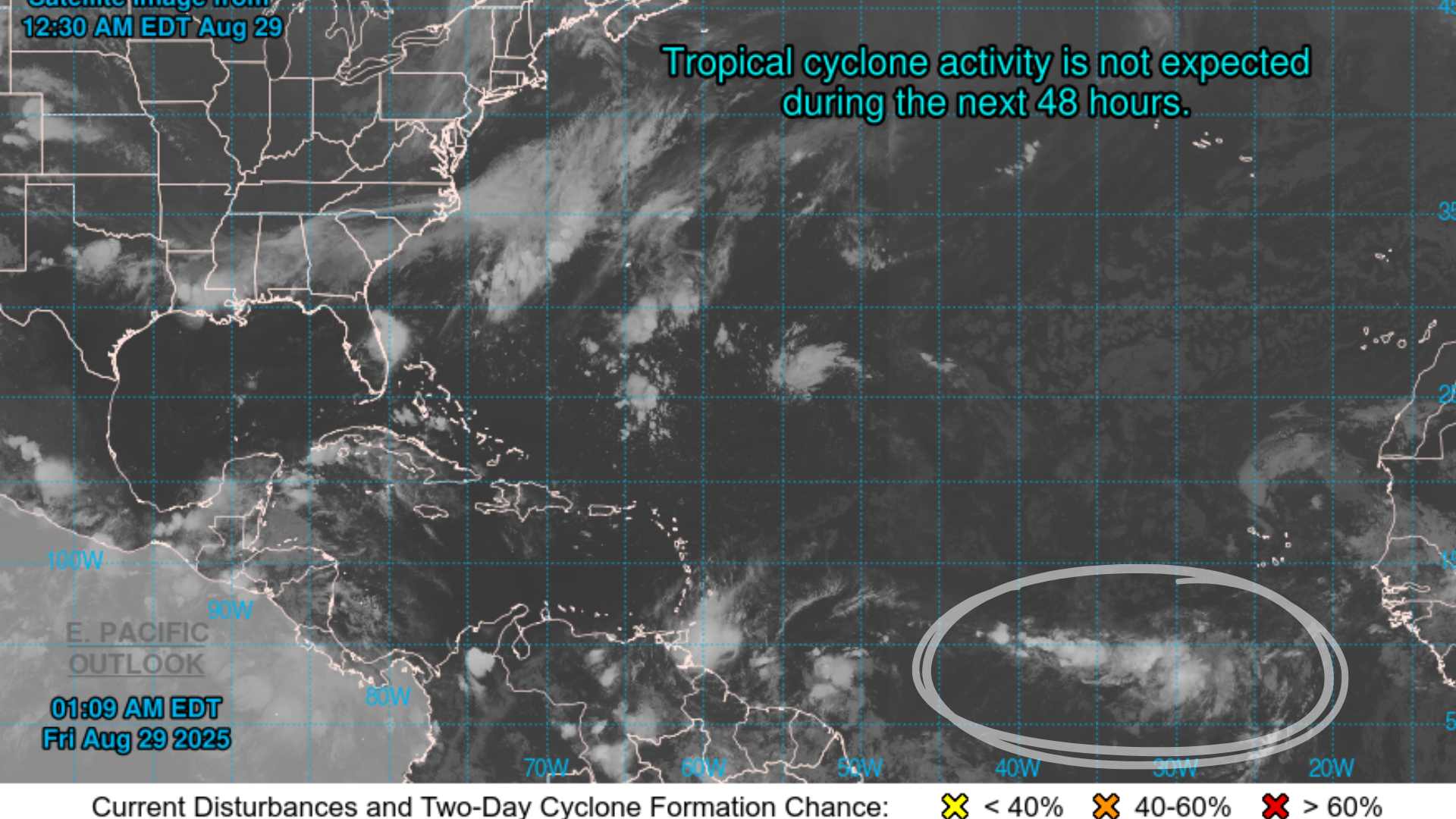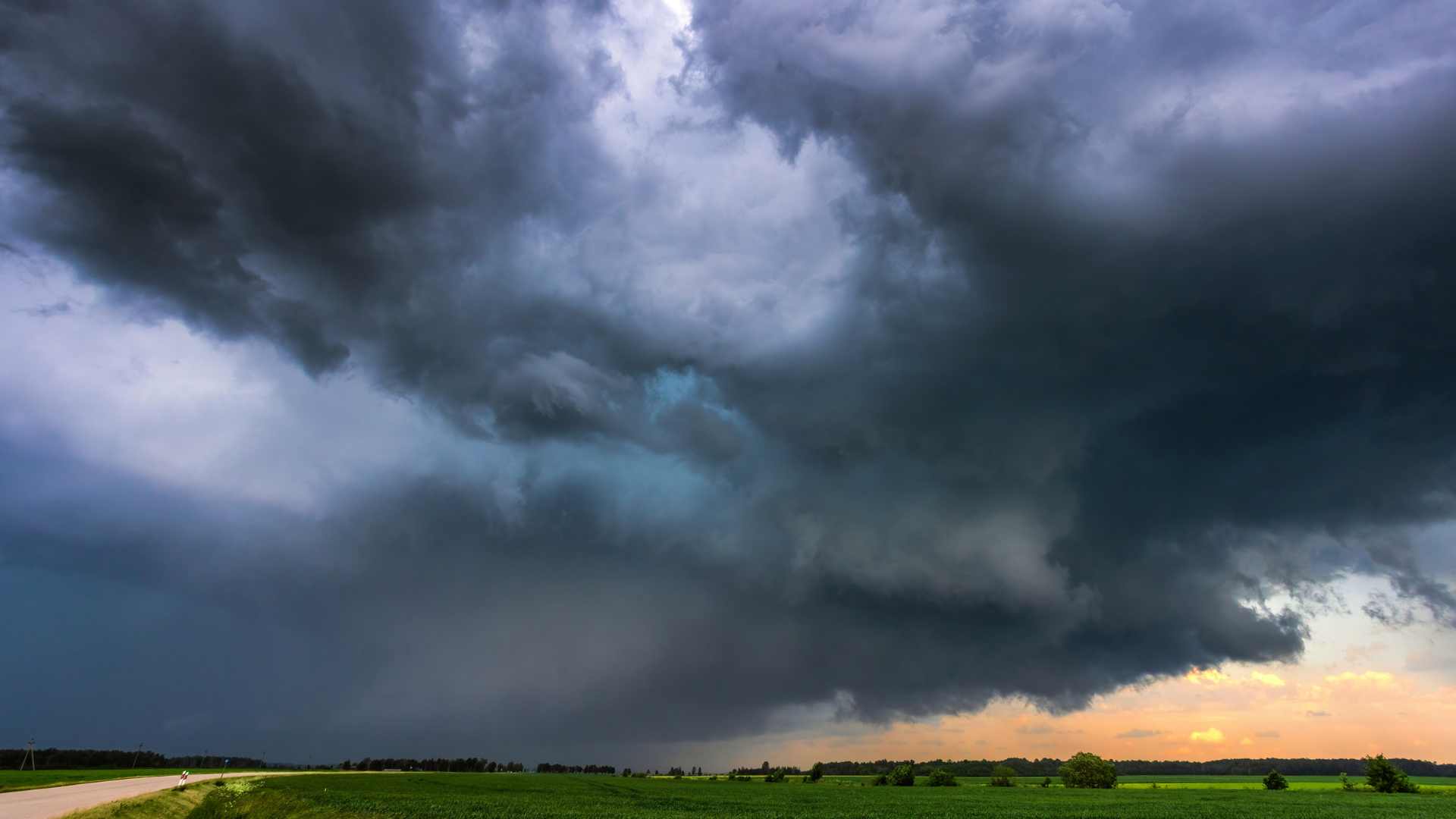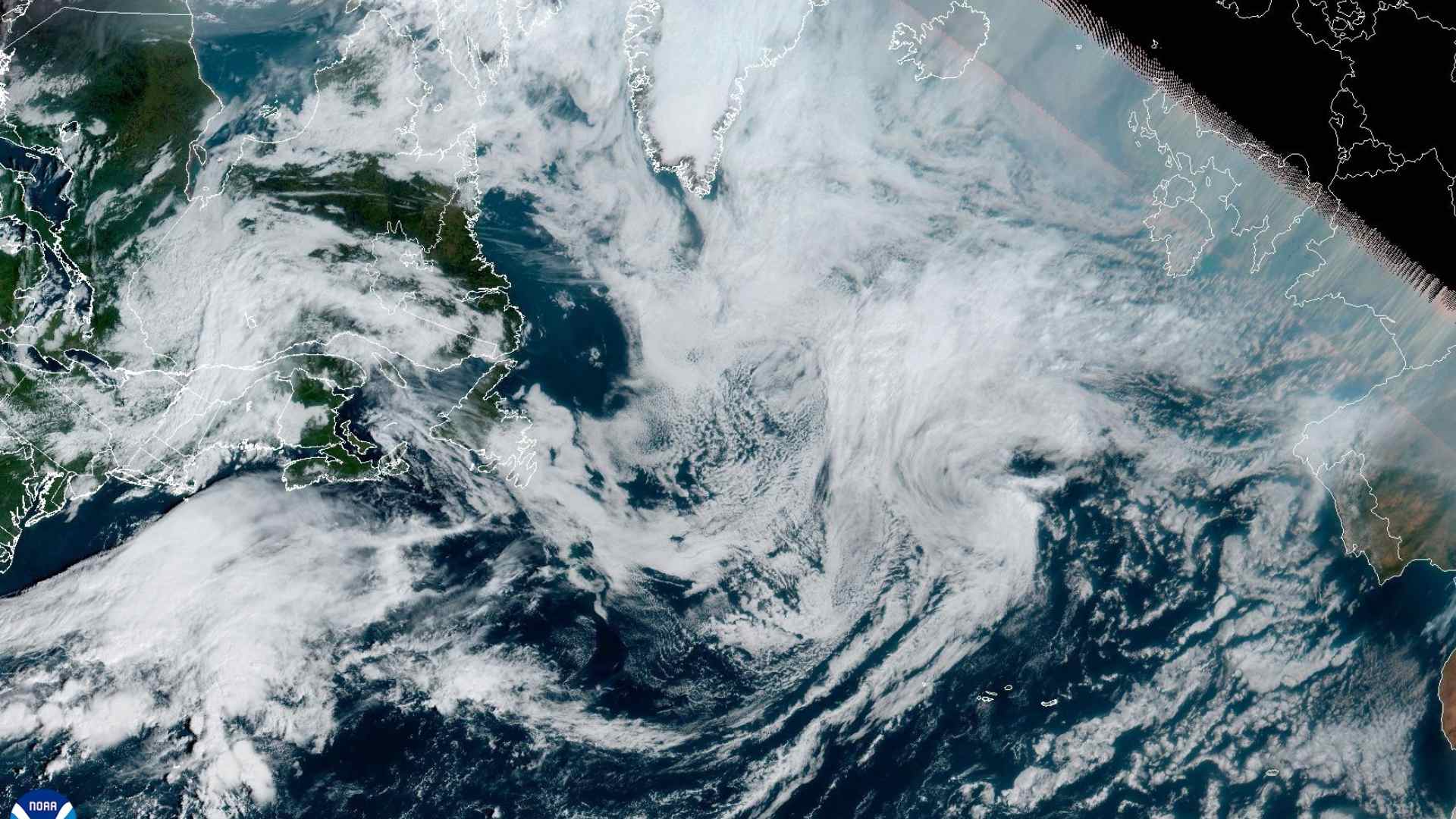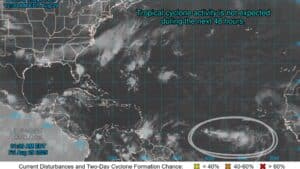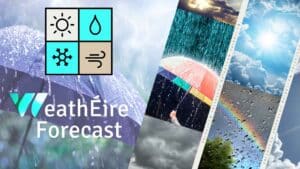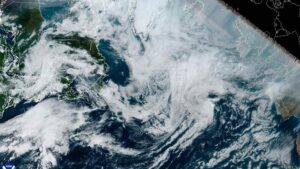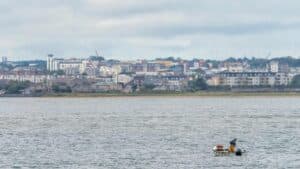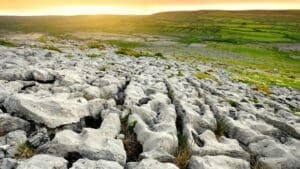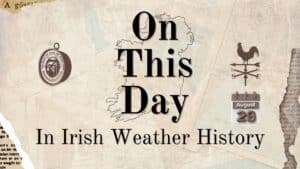
Calls for Overhaul of Hurricane Warning System
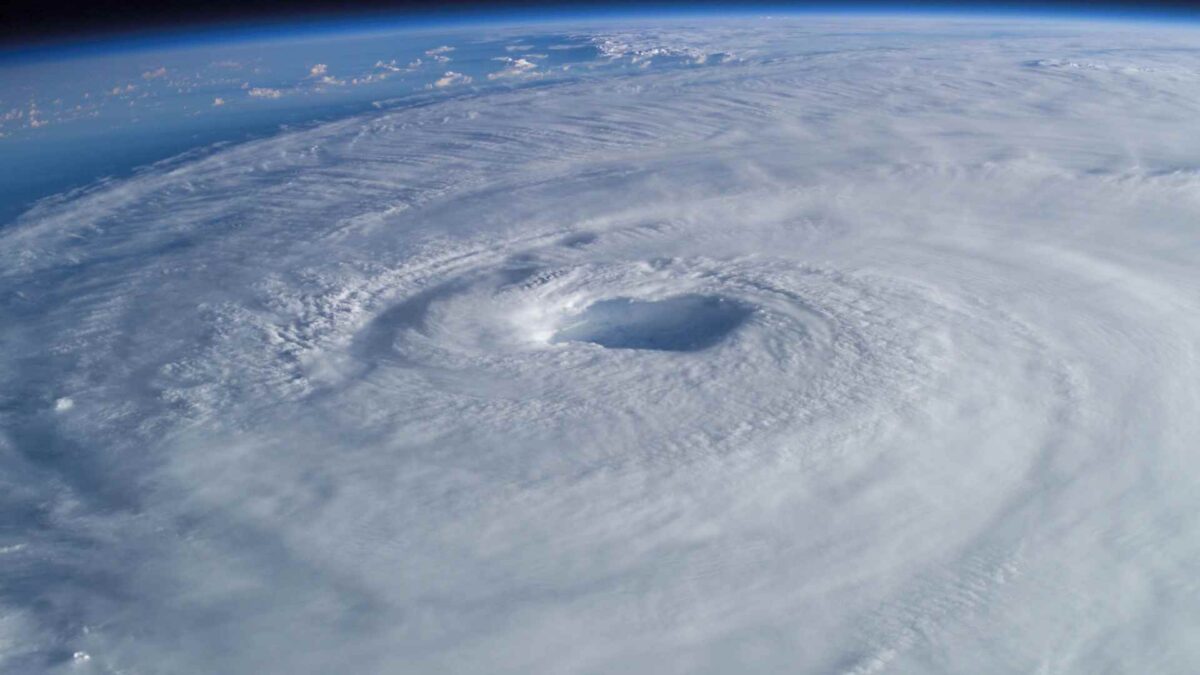
Hurricane warnings that focus solely on wind speed may be putting lives at risk, according to new research published in Nature Scientific Reports.
The study, co-authored by University of South Florida geosciences professor Jennifer Collins, argues that storm surge and rainfall, not just wind, are major causes of fatalities and damage during hurricanes. Collins and her team propose replacing the current Saffir-Simpson Hurricane Wind Scale with a new Tropical Cyclone Severity Scale. This system combines wind, rainfall and storm surge into a single rating to give a more complete picture of a storm’s danger.
“People frequently use the storm’s category to decide whether to evacuate,” Collins said. “That is incredibly dangerous because if they hear it is only a tropical storm or Category 1, they often see no cause for concern.”
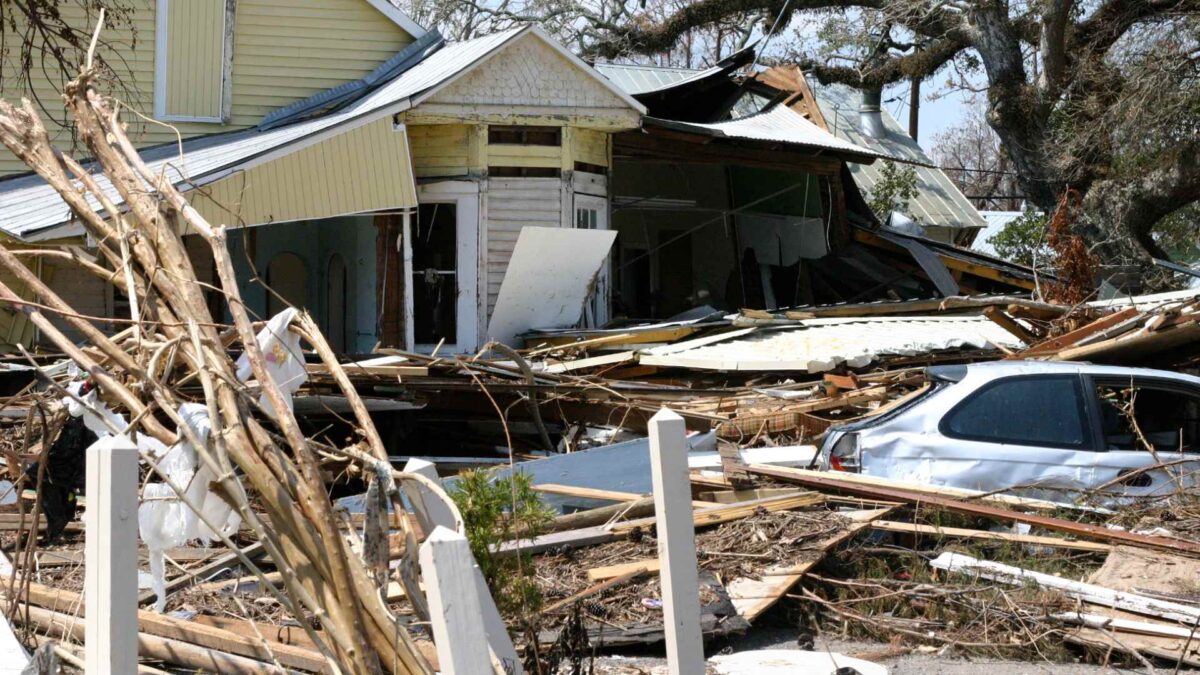
The paper highlights hurricanes Katrina in 2005 and Florence in 2018. Katrina made landfall as a Category 3 storm, but most of its 1,800 deaths and $125 billion in damage were caused by flooding and storm surge. Florence struck as a Category 1, yet flooding killed 55 people. A 2014 study cited by the authors found wind accounted for only 8% of hurricane fatalities, while storm surge caused 49% and rainfall 27%.
The proposed Tropical Cyclone Severity Scale rates wind, rain and storm surge individually from 1 to 5. The final rating can reach 6 if multiple hazards are severe. For example, if wind and rainfall are rated 2 but storm surge is 4, the overall category is at least 4.
To test public response, Collins’ team surveyed 4,000 residents along the Gulf and East coasts. Participants received forecasts for fictional hurricanes using either the current Saffir-Simpson scale or the new TCSS. Those given the TCSS were more likely to correctly identify the primary hazard and were significantly more likely to indicate they would evacuate for non-wind threats.
“The higher category is important,” Collins said. “Many people base their decision to evacuate on that number, not just on the details of the hazard.”
The Saffir-Simpson scale, introduced in 1971, originally considered wind, pressure and storm surge. It was modified in 2012 to measure only wind. Collins says this leaves individuals at risk of misjudging their personal danger.
Collins, who moved to Florida in 2005, conducted field research during hurricanes including Matthew, Irma, Ian, Helene and Milton. Together with co-authors Nadia Bloemendaal, Jantse Mol, Hans de, and Dianna Amasino, she developed the TCSS and is now preparing to present the findings to the National Hurricane Center.
“Change is hard for any institution that has been doing the same thing for years,” Collins said. “But now is the time. We know people make decisions based on the category, so we need a scale that realistically reflects the severity of the storm, including flood hazards.”
Share this WeathÉire story:
